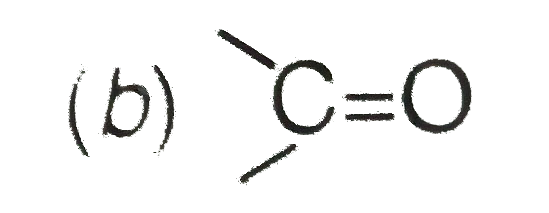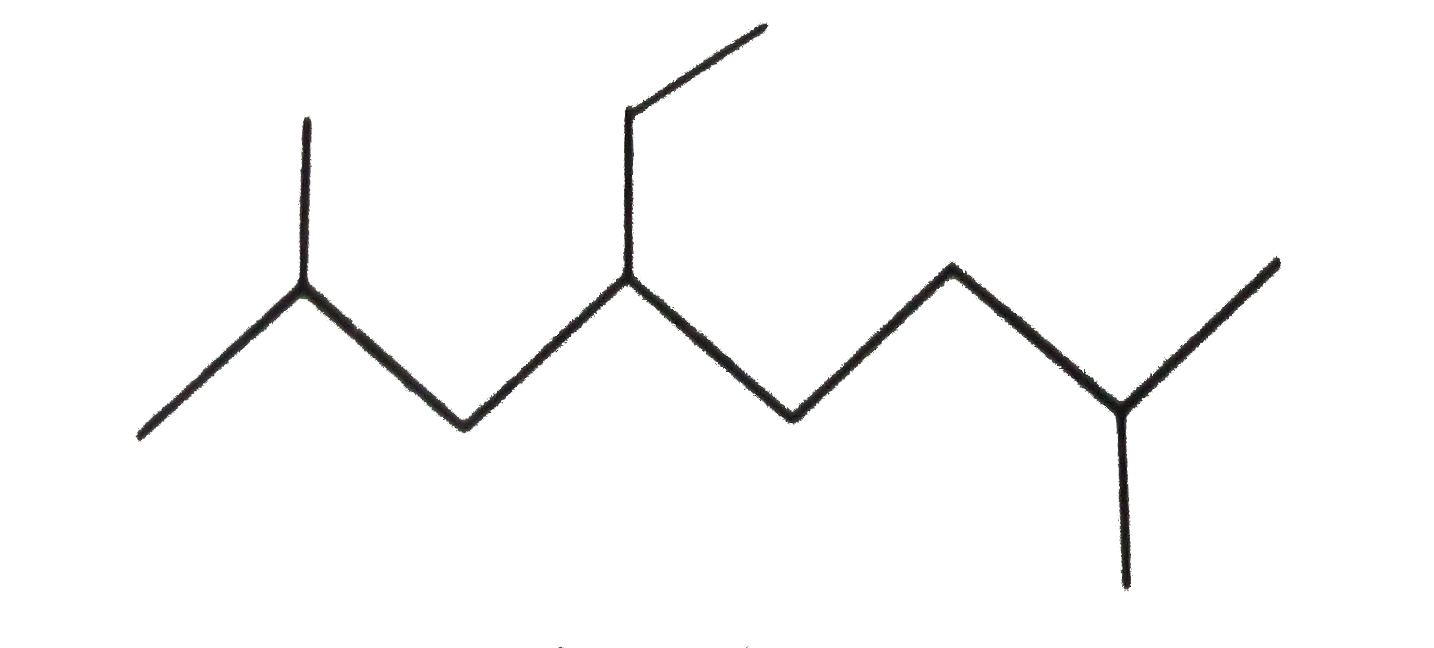In the following chemical effect, the bonded pair of electron leaves the octet
Inductive
Saytezeff's
Electromeric
Electronic
The correct Answer is:C
Complete transfer of electron of π bond.
Topper's Solved these Questions
- BOOK - MARVEL PUBLICATIONCHAPTER - BASIC PRINCIPLES AND TECHNIQUES IN ORGANIC CHEMISTRYEXERCISE - Test your grasp40videos
BASIC PRINCIPLES AND TECHNIQUES IN ORGANIC CHEMISTRY
- BOOK - MARVEL PUBLICATIONCHAPTER - BASIC CONCEPT OF CHEMISTRYEXERCISE - TEST YOUR GRASP50videos
BASIC CONCEPT OF CHEMISTRY
- BOOK - MARVEL PUBLICATIONCHAPTER - NATURE OF CHEMICAL BOND EXERCISE - TEST YOUR GRASP50videos
NATURE OF CHEMICAL BOND
Similar Questions
Knowledge Check
- Question 1 - Select One
In which of the following molecules, the central atom has one lone pair and three bond pairs of electrons,
ANH3BH2OCBF3DCO2 - Question 2 - Select One
The resonance effect is defined as 'the polarity produced in the molecule by the interaction of two π-bonds or between a π-bond and lone pair of electrons present on an adjacentatom.' The effect is transmitted through the chain.
In positive resonance effect, the transfer of electrons is away from an atom or substituent group attached to the conjugated system. This electron displacement makes certain positions in the molecule of high electron densities. In negative resonance effect, the transfer of electrons is towards the atom or substituent group attached to the conjugated system.
Which of the following does not show resonance effect ?AButa-1, 3-dieneBAcrylonitrileCNitrobenzeneDIsopropylisothiocyanate - Question 3 - Select One
The resonance effect is defined as 'the polarity produced in the molecule by the interaction of two π-bonds or between a π-bond and lone pair of electrons present on an adjacentatom.' The effect is transmitted through the chain.
In positive resonance effect, the transfer of electrons is away from an atom or substituent group attached to the conjugated system. This electron displacement makes certain positions in the molecule of high electron densities. In negative resonance effect, the transfer of electrons is towards the atom or substituent group attached to the conjugated system.
Which of the following shows +M effect ?A−N(CH3)2B C−CNDBoth (a) and (c)
C−CNDBoth (a) and (c)
The resonance effect is defined as 'the polarity produced in the molecule by the interaction of two π-bonds or between a π-bond and lone pair of electrons present on an adjacentatom.' The effect is transmitted through the chain.
In positive resonance effect, the transfer of electrons is away from an atom or substituent group attached to the conjugated system. This electron displacement makes certain positions in the molecule of high electron densities. In negative resonance effect, the transfer of electrons is towards the atom or substituent group attached to the conjugated system.
Which of the following intermediates is pyramidal in shape ?View SolutionThe resonance effect is defined as 'the polarity produced in the molecule by the interaction of two π-bonds or between a π-bond and lone pair of electrons present on an adjacentatom.' The effect is transmitted through the chain.
In positive resonance effect, the transfer of electrons is away from an atom or substituent group attached to the conjugated system. This electron displacement makes certain positions in the molecule of high electron densities. In negative resonance effect, the transfer of electrons is towards the atom or substituent group attached to the conjugated system.
What is the IUPAC name for :
 View Solution
View SolutionTwo lone pairs of electron and two bond pair of
electrons are presnet inView SolutionThe effect involving the complete transfer of a shared pair of electrons to one of the atoms joined by a multiple bond at the requirement of attacking reagent is called
View SolutionThe resonance effect is defined as 'the polarity produced in the molecule by the interaction of two π-bonds or between a π-bond and lone pair of electrons present on an adjacentatom.' The effect is transmitted through the chain.
In positive resonance effect, the transfer of electrons is away from an atom or substituent group attached to the conjugated system. This electron displacement makes certain positions in the molecule of high electron densities. In negative resonance effect, the transfer of electrons is towards the atom or substituent group attached to the conjugated system.
Which of the following carboxylate ions is the most stable ?View Solution

